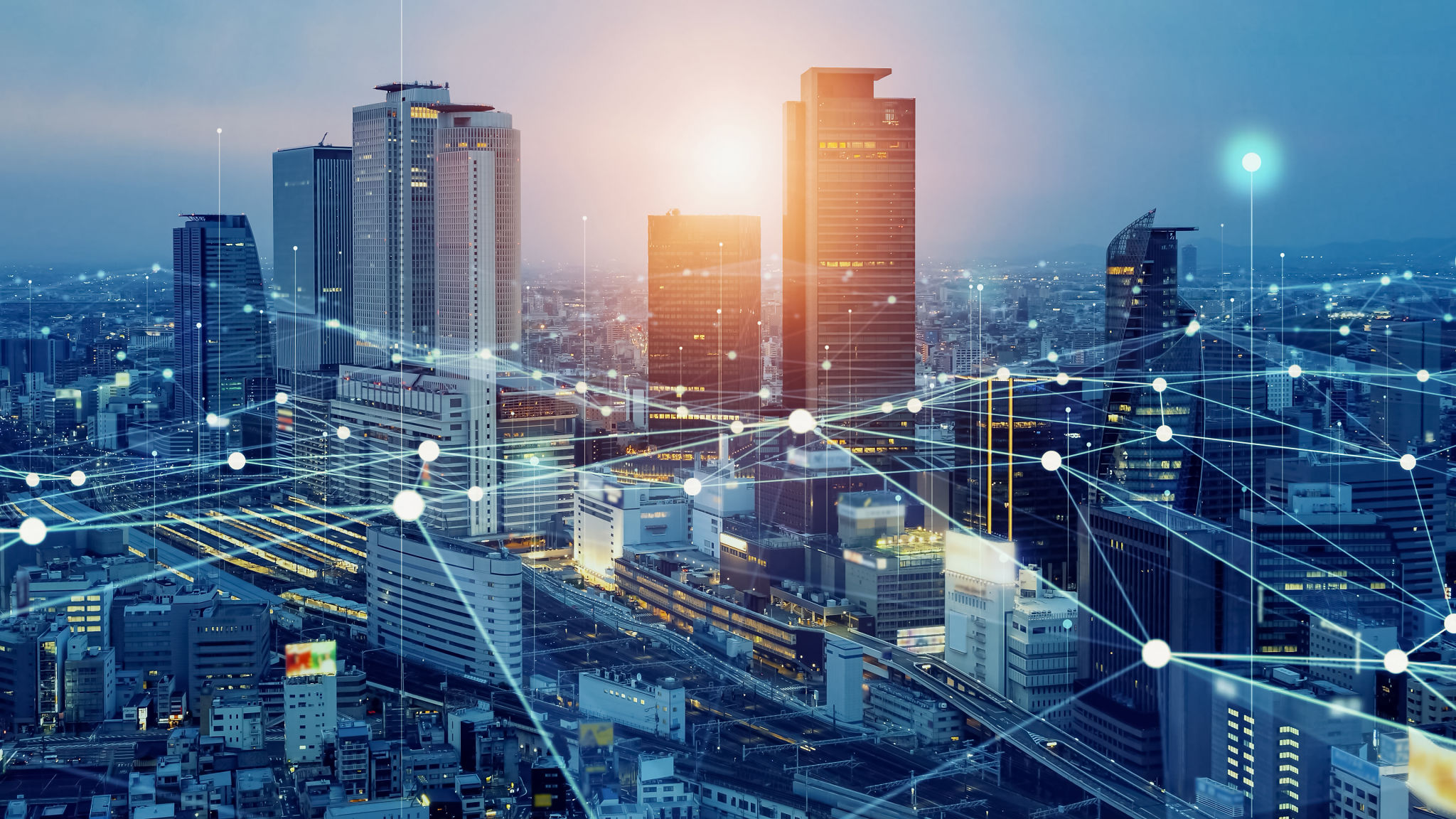Current Trends in Real Estate Development: Innovations and Opportunities
EC
Sustainable Building Practices
As the world continues to focus on sustainability, the real estate development industry is no exception. Developers are increasingly adopting eco-friendly practices to minimize environmental impact. This includes using sustainable materials, incorporating energy-efficient designs, and implementing green building technologies like solar panels and rainwater harvesting systems.

One significant trend is the rise of LEED (Leadership in Energy and Environmental Design) certified buildings. These structures are designed to meet rigorous sustainability standards, reducing energy consumption and promoting healthier living environments.
Smart Home Integration
The integration of smart technology in real estate is revolutionizing the way we interact with our living spaces. Smart homes offer convenience, security, and energy efficiency through connected devices such as thermostats, lighting, and security systems that can be controlled remotely via smartphones or voice assistants.
This trend is not limited to residential properties. Commercial real estate is also embracing smart technology to enhance operational efficiency and tenant experience. From automated lighting systems to intelligent HVAC controls, smart buildings are becoming the norm.

Urbanization and Mixed-Use Developments
Urbanization continues to shape the landscape of real estate development. As cities grow, the demand for mixed-use developments is increasing. These projects combine residential, commercial, and recreational spaces in one location, offering convenience and a vibrant community atmosphere.
Mixed-use developments cater to the modern urban lifestyle, where people prefer living close to work and leisure activities. This trend is driving developers to create versatile spaces that meet diverse needs, from shopping centers and office spaces to parks and cultural venues.

Co-Living and Co-Working Spaces
The concepts of co-living and co-working have gained traction as more people seek flexibility and community-driven environments. Co-living spaces offer affordable housing options with shared amenities, fostering a sense of community among residents.
Similarly, co-working spaces provide flexible work environments with shared resources, catering to freelancers, entrepreneurs, and remote workers. These spaces are designed to encourage collaboration and innovation, making them an attractive option for modern professionals.
Technology-Driven Design
Advancements in technology are transforming the design and construction processes in real estate development. Building Information Modeling (BIM) is one such innovation, allowing developers to create detailed digital representations of buildings before construction begins. This technology enhances accuracy, reduces costs, and improves project timelines.

Additionally, virtual reality (VR) and augmented reality (AR) are being used to offer immersive experiences for potential buyers or tenants. These technologies provide a realistic view of properties, helping clients make informed decisions without physically visiting the site.
Investment Opportunities
The evolving landscape of real estate development presents numerous investment opportunities. With the rise of sustainable and smart buildings, investors can explore projects that promise long-term returns while contributing positively to the environment.
Investing in mixed-use developments and co-living spaces can also yield significant benefits due to their growing popularity. These projects cater to changing lifestyles and demographics, making them a lucrative option for forward-thinking investors.